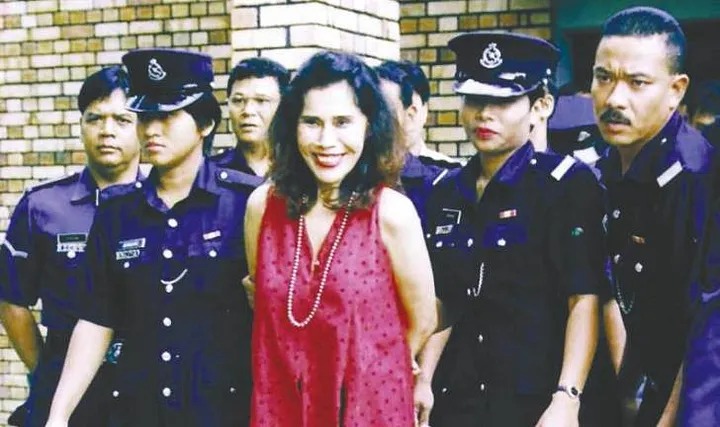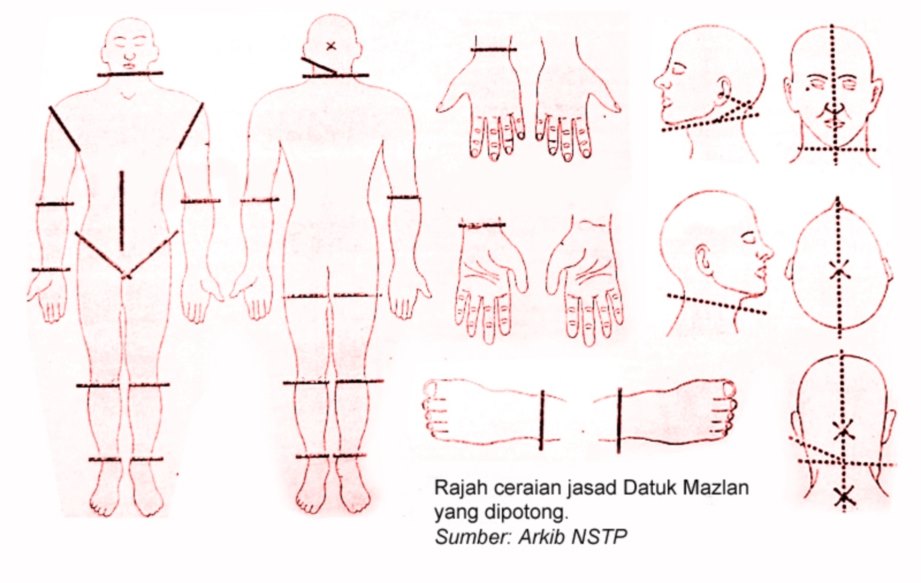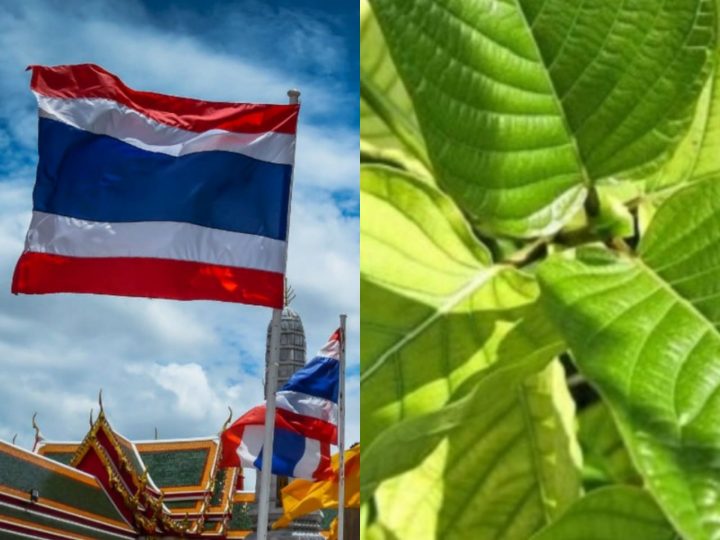How ‘Witchcraft Killer’ Mona Fandey Spent Eid On Death Row
 Thirsty for JUICE content? Quench your cravings on our Instagram, TikTok and WhatsApp
Thirsty for JUICE content? Quench your cravings on our Instagram, TikTok and WhatsApp

In a poignant recollection of Eid celebrations within the solemn confines of the Kajang Women’s Prison, Norizan Hamid, a seasoned prison officer with three decades of service, vividly recounts a particular Eid spent with Mona Fandey, a moment that has left an indelible mark on her memory.
Amidst the stark reality of the final detainee cell, Eid festivities unfolded in an unexpected atmosphere of cheer.

Mona, known for her past as a pop star and later a witch doctor, is said to have immersed herself in Quranic recitations and sang her favourite tunes while celebrating Hari Raya on death row, somehow creating a sense of camaraderie amidst the gloom of incarceration.
Mona Fandey’s journey from a local pop star to a notorious figure in Malaysia’s criminal history is as intriguing as it is chilling. Born in 1956 in Perlis, Mona initially gained fame as a pop star under the stage name Mona Fandey, inspired by her husband’s name, Mohamad Nor Affandi Abdul Rahman.
However, her foray into the entertainment industry was short-lived, leading her to embrace an unexpected career change as a witch doctor, or bomoh, which proved to be far more lucrative.
Mona and her husband lived lavishly, indulging in mansions, luxury cars, and extravagant habits, thanks to her purported success as a witch doctor with high-profile clients, including senior politicians.

However, their newfound wealth and status took a sinister turn when they were involved in the gruesome murder of Mazlan Idris, a Pahang assemblyman, during a supposed ritual. Mazlan’s body was dismembered and parts of it were never found, fuelling rumours of cannibalism.
Despite the heinous nature of her crimes, Mona Fandey displayed an eerie demeanour throughout her trial, smiling for cameras and making chilling remarks like “I will never die.”
On 2 November 2001, Mona, along with her husband and accomplice, were executed by hanging after being convicted of murder.

Today, as Norizan recalls looking after Mona while she awaited capital punishment, she claims this cheerful attitude was also evident in the cell, as the two spent their free time chatting about various things on Raya day, with Mona managing to remain surprisingly upbeat despite the situation at hand.
Norizan also remarked that observing Aidilfitri within the confines of a death row cell at Kajang Women’s Prison in Selangor is a memory that will forever endure in her thirty years of service as a warden with the Malaysian Prison Department.


 Get Audio+
Get Audio+ Hot FM
Hot FM Kool 101
Kool 101 Eight FM
Eight FM Fly FM
Fly FM Molek FM
Molek FM

